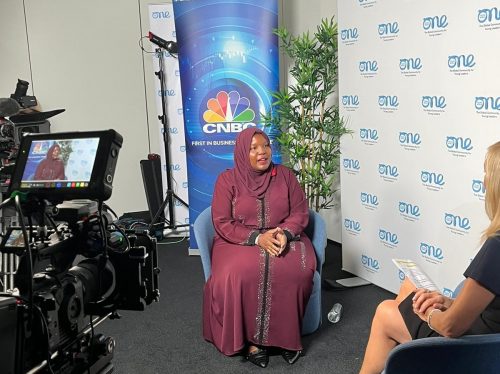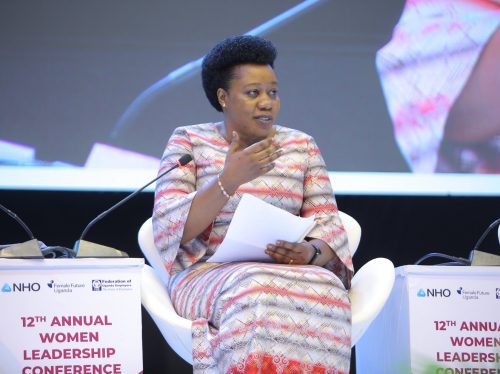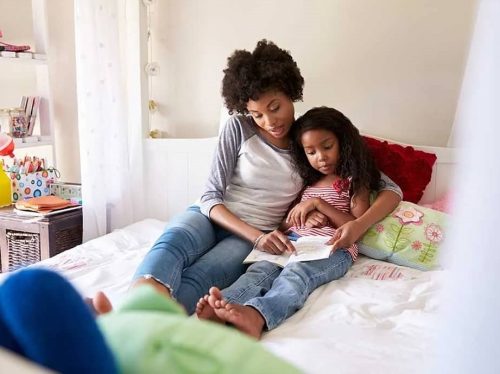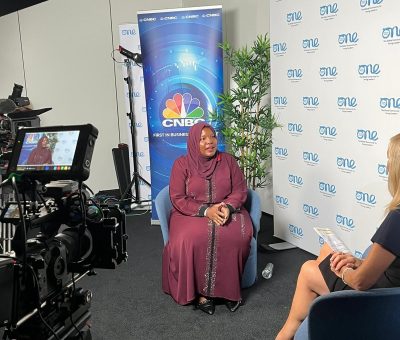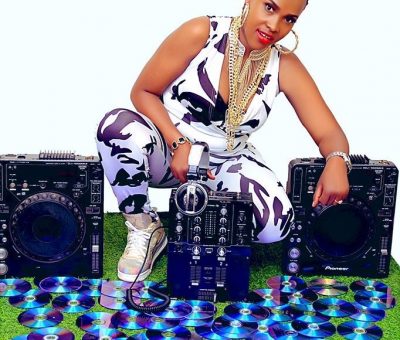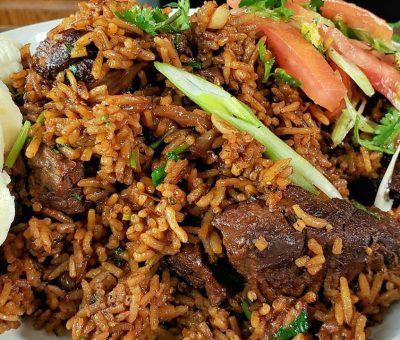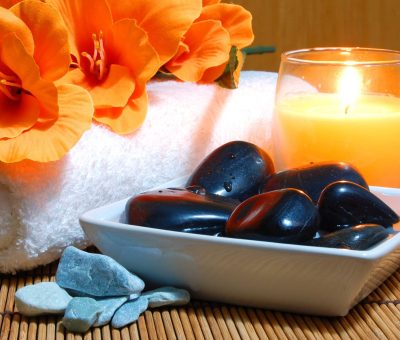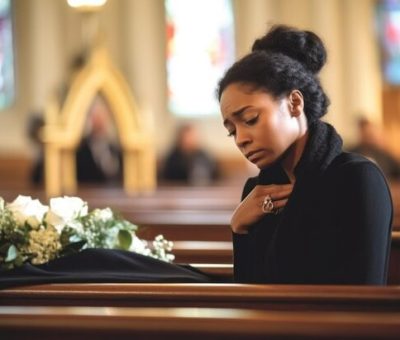Common bone problems older women should watch out for
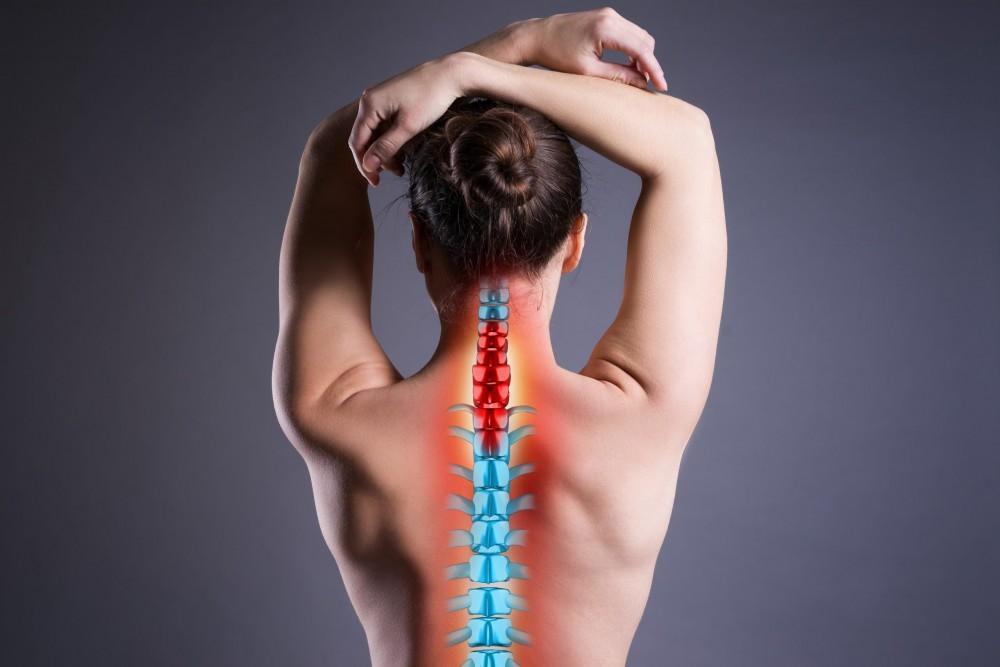
One in every three women in their 50s suffer from osteoporosis, a bone degeneration. While one in every five men above 50 will suffer from the disease. The disease is also prevalent among people living with HIV and those on tenofovir.
Dr Moses Kakyama, an orthopedic surgeon at Comprehensive Rehabilitation Services in Uganda (CoRSU) however puts a disclaimer that, “Not all people who are on tenofovir will develop osteoporosis because different people react to different drugs and medicines differently. And if someone taking the drug is found to have osteoporosis, the orthopaedist will write to the patient’s treatment centre to recommend a change in their regimen to eliminate it or efforts to treat such a person will be in vain.”
Globally, there are more elderly people than in the past so the number of people living with bone degeneration is over 200 million. Interestingly, more people in East Africa suffer from bone degeneration than those in West Africa.
In the developed countries, a Dexa scan is used to help in the diagnosis of osteoporosis. The scan helps to determine the bone mineral density but an x-ray can always reveal poor bone quality and is what is commonly used in developing countries.
Osteoporosis is degeneration of the bone tissue. The body is absorbing more bone tissue that it is able to form. It keeps on cleaning out the older bone tissues but is unable to replace it as more of these tissues. Ultimately, what remains is thinner and poor quality of bones.
Causes
Dr Kakyama, remarks that the risk factors are primarily because of old age. “We are all susceptible to thinning and weakening of bone tissue as we age so all elderly people carry the risk of osteoporosis but being a woman past menopause (over 50 years) increases the risk even higher.”
“When a woman hits menopause, her oestrogen levels reduce and the amount of new bone her body is able to replace also reduces. Therefore, the quality of her bones also reduces leading to osteoporosis.”
Secondarily, the cause for the slowly diminishing quality of bones may not be known but the poor quality of bones can be blamed on HIV, an HIV drug known as tenofovir, taking steroids for a long period of time and hormonal dysfunction.
Signs and symptoms
Osteoporosis is a silent disease that keeps on eating up the bones without much visible effect. By the time people seek medical help, they may already have a hip fracture or vertebrae collapse giving them back or hip pain. It is only after doing an x-ray that we are able to realize that the person has the disease.
According to Nobert Bwana, a physiotherapist at Physique body fitness centre, one of the best ways to strengthen bones and prevent osteoporosis is by getting regular exercise.
“Even if you already have osteoporosis, exercising can help maintain the bone mass you have. However, it is important to consult your orthopaedist who will work with a physiotherapist to draft for you an exercise plan that suits you.”
Knee osteoarthritis
Osteoarthritis is the most commonly diagnosed type of joint arthritis disease, which can affect hands, knees and hips. Osteoarthritis of the knee is a degenerative, wear-and-tear type of arthritis that occurs most often in people above the age of 50 years but it can also occur in younger people too. With this type of arthritis, the cartilage in the knee joint gradually wears away.
Dr Kakyama remarks that, as the cartilage wears away, it becomes frayed and rough, and the protective space between the bones decreases.
This can result in bone rubbing on bone and produce painful bony outgrowths (osteophytes) that come as a result of joint damage associated with the degenerative process.
Symptoms
- Pain that gradually develops over time and gets worse in the morning or after vigorous activity.
- Stiffness and swelling, redness and tenderness of the joint making it difficult to bend or straighten the knee
- Loss of range of motion for the joint.
- The knee may lock or stick during movement making a click or grinding noise.
- Pain may cause a feeling of weakness or buckling as if bending and giving way under a weight in the knee.
The risk factors
According to Dr Kakyama, osteoarthritis of the knee is a very common occurrence among elderly women who are at above the age of 50. More women than men suffer from this condition. This is because they have reduced oestrogen levels since they no longer have their menstruation periods.
According to Bwana, trauma in the joint, injury or overuse such as knee bending and repetitive stress on a joint, can damage a joint and increase the risk of OA in that joint.
He says, “As we walk and do any activity, about three to six times our body weight is transmitted on the knees. For every extra kilo of weight gained, about 5kg of the weight is transmitted to the knee joints. This puts more stress on joints, particularly weight-bearing joints like the hips and knees that increase the risk of osteoarthritis.”
People who have family members with osteoarthritis are more likely to develop the condition because genetics also play a big role.
Dr Kakyama also points out that some inflammatory conditions such as septic arthritis that is poorly managed can cause accumulation of pus in the knee joints which in turn causes osteoarthritis.
People who do jobs that require carrying heavy loads and those on diets that are low in vitamin C and D may develop osteoarthritis over time.
Treatment options
There is no cure for arthritis but treatment is directed towards relieving symptoms such as pain and deformity that come with the disease.
Depending on the stage of your arthritis, the initial treatments are usually conservative avoiding invasive procedures such as surgeries. These may include giving pain killers, physiotherapy with exercises that increase mobility of the knees.
According to Bwana, the most important recommendation is lifestyle modification that includes changes in your diet, regular exercises that do not hurt the knees, maintaining a healthy body weight in order to protect your knee joint and slow the progress of arthritis.
“Replace activities like athletics, climbing stairs, jogging, and tennis with low impact exercises like swimming or cycling depending on what your doctor will recommend,” Dr Bwana says.
Assistive walking devices such as a cane, brace or knee sleeve can help increase your stability and function especially if the arthritis is centered on one side of the knee. Wearing elastic bandages can provide support to the knee and some relief from pain.
These conservative therapies are not the solution since the disease worsens with time, one will need a knee replacement; a surgery that involves replacement of parts of the injured or worn-out knee joints. The surgery is meant to ease pain and make the knee work better. A successful surgery according to Dr Kakyama can go up to 12 years but can work even longer than this.
A revision knee replacement surgery is usually complicated. This is why the surgeons recommend that the first surgery is done after one is 50 years or older so that it can take them through up to 15 years or more.
Left untreated, the condition can progress causing deformities, increased pain, reduced function of the knee joint and makes mobility difficult.
Prevention
Not even diet can avert knee osteoarthritis once it occurs. This is why prevention is very important.
“It may be hard to prevent accidents or osteoarthritis that runs in families but maintaining a healthy body weight may reduce stress on the knee joints. This can be achieved through regular exercises and healthy eating,” Bwana warns.



